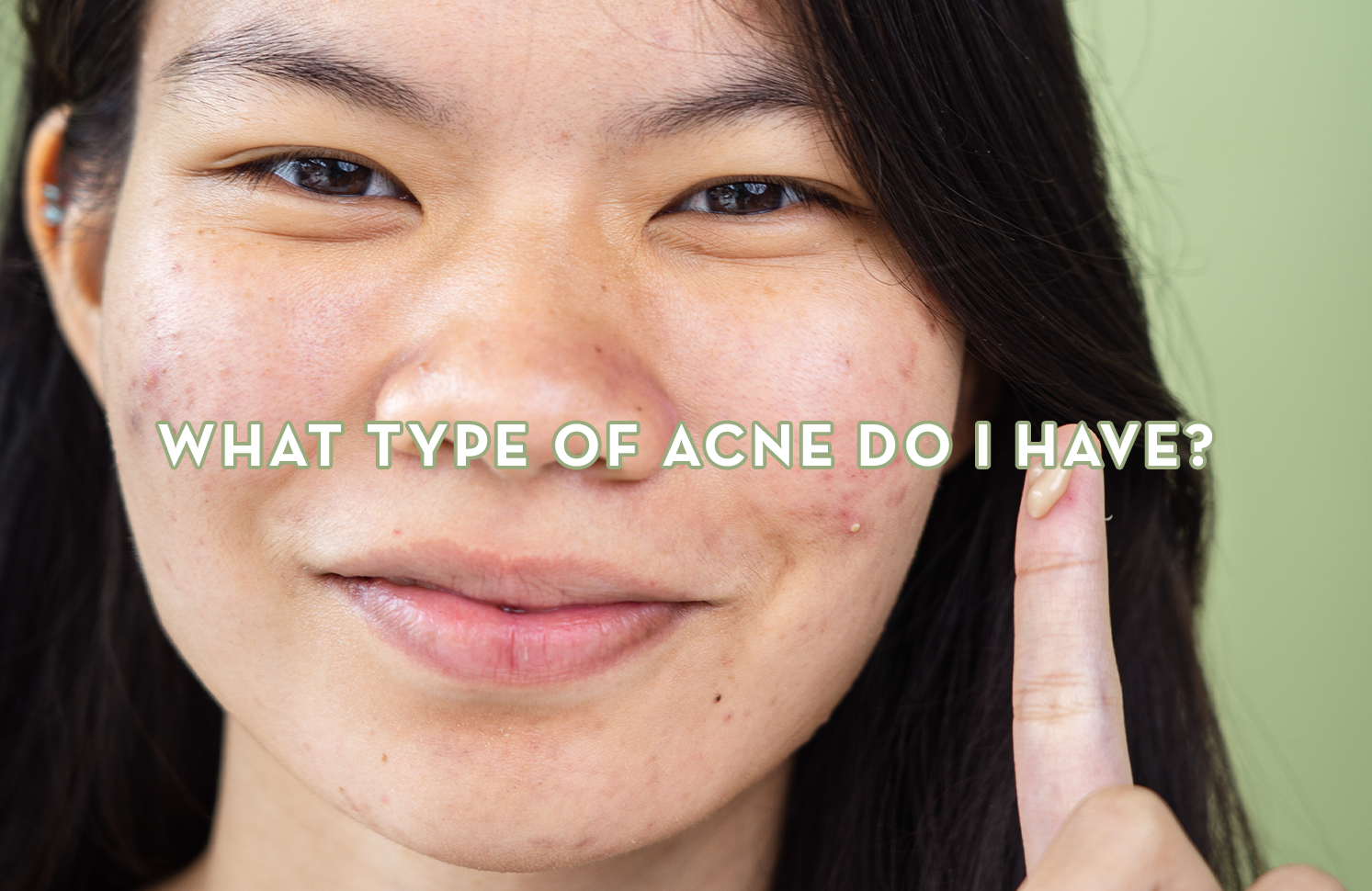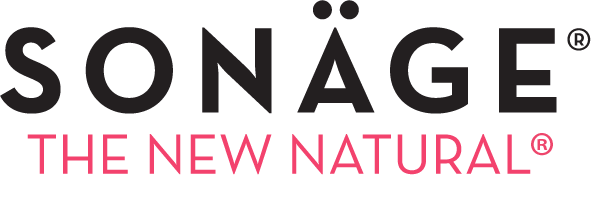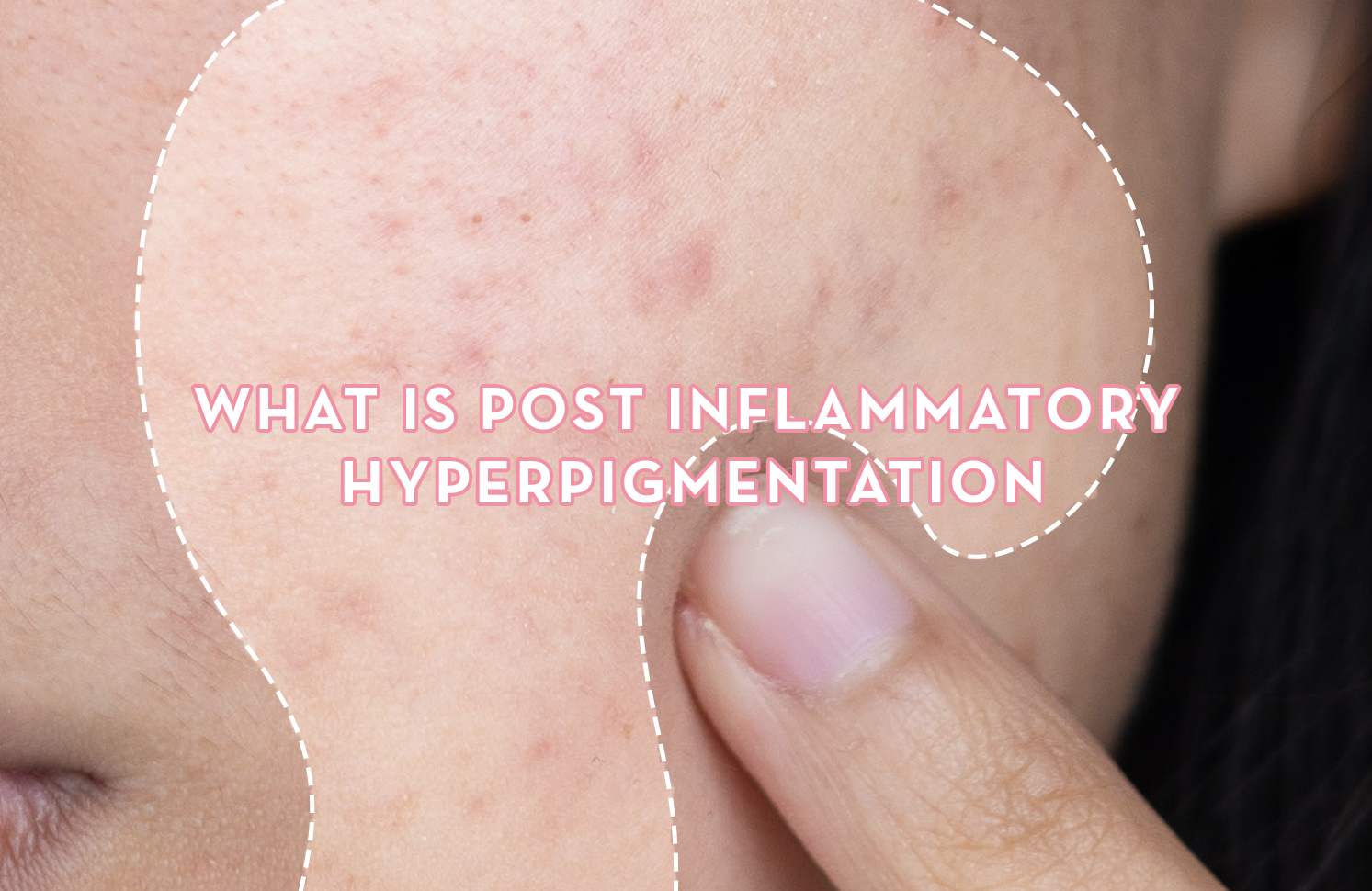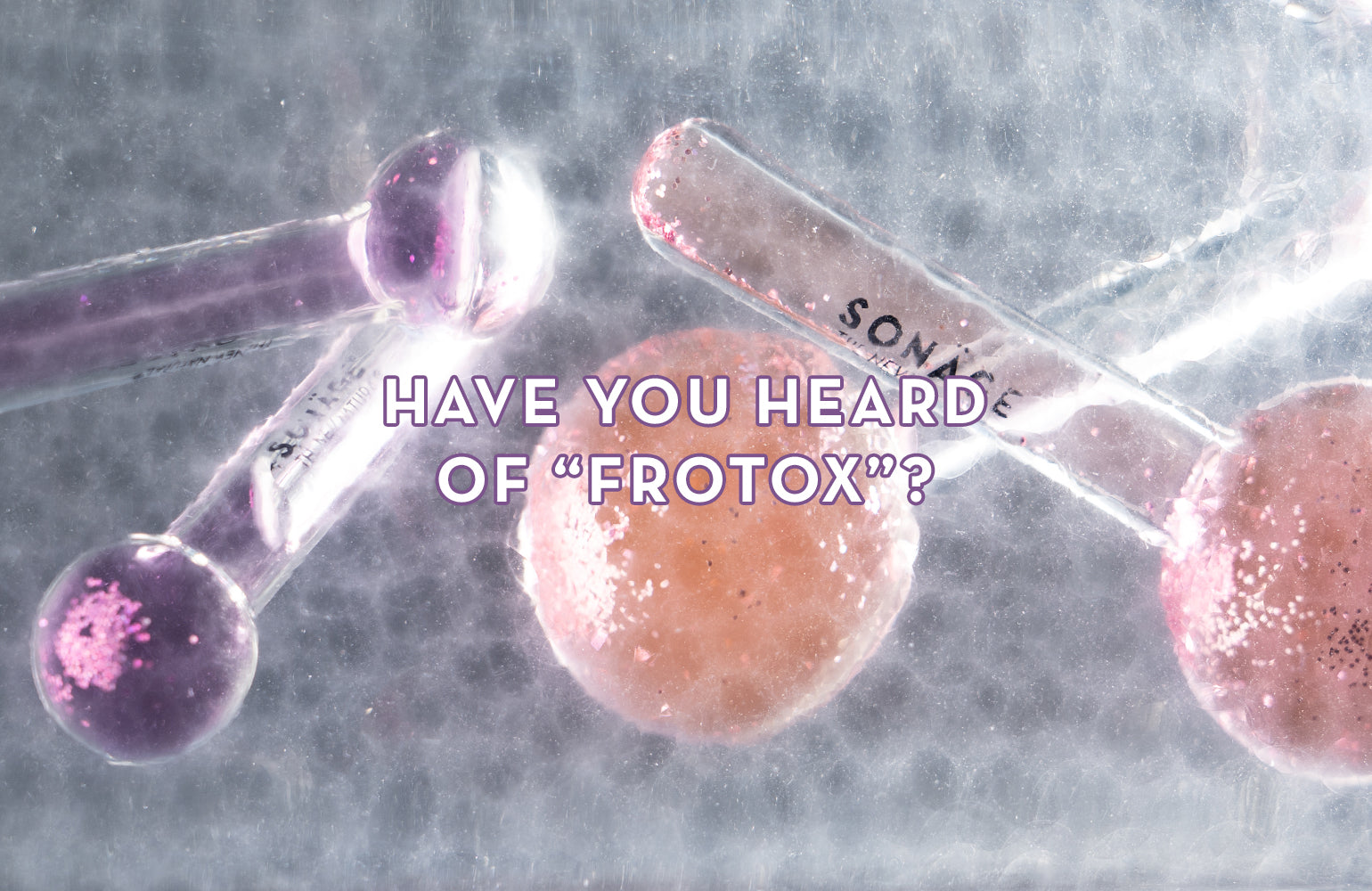
AT A GLANCE
-
WHAT IT IS
This blog provides a comprehensive overview of acne, including its causes, different types, and treatment options, emphasizing the importance of understanding individual variations to effectively manage and prevent its recurrence. -
WHAT IT DOES
Understanding the various types of acne is crucial in providing appropriate treatment and preventing recurrence, as acne is not a one-size-fits-all condition. -
HOLY GRAIL PRODUCTS
Zitlox Salicylic Acne Gel
What Type Of Acne Do I Have?
When your hair follicles become clogged with oil and dead skin cells, it leads to the formation of tiny bumps on your skin, commonly known as acne. While the term "acne" or "pimple" is widely used, it is crucial to understand the different types of acne in order to provide appropriate treatment and prevent its recurrence.
Acne may appear similar, but each type is distinct, and there are numerous variations. Acne is not a one-size-fits-all condition. Your acne breakout may differ from that of your friend, mother, or sibling. The triggers, severity, duration, scarring, and other factors can all vary and be unique to each individual. However, most types of acne can be categorized into the following seven types, facilitating better understanding and treatment.
-
Comedonal Acne: This type of acne is prevalent across various skin types and is characterized by comedones, which are altered tissues known as lesions. Comedonal acne typically occurs on the forehead and chin. Comedones are sebaceous plugs that fill hair follicles due to excess sebum production. Possible causes include humidity, smoking, hormonal imbalance, and abrasive treatments.
-
Inflammatory Acne: Inflammatory acne manifests as red, swollen, and painful blemishes on the skin. It commonly occurs on the face, back, chest, and shoulders. These lesions contain bacteria and pus and can spread if not treated properly. Although more common among teenagers, it can affect adults as well. Contributing factors include humidity, skin picking, consumption of allergenic foods, and excessive moisturizing.
-
Cystic Acne: Cystic acne is an extremely severe form of inflammatory acne that develops deep beneath the skin. These painful, pus-filled lesions occur when oil and dead skin cells clog skin pores. Cystic acne is more prevalent among individuals with oily skin and enlarged pores, as the bacteria can easily penetrate the pores, leading to swelling and inflammation. Age, hormones, and genetics are major contributing factors.
-
Nodular Acne: Nodular acne, although a type of inflammatory acne, requires more attention due to its intensity. This type of acne forms large knots or nodules beneath the skin and often necessitates medical intervention. While topical creams and spot treatments may offer temporary relief, it is advisable to consult a healthcare provider for a permanent solution. Blocked pores, excessive sweating, and genetics are common causes.
-
Papular Acne: Papular acne appears as small, conical bumps on the face and does not contain pus or bacteria. It is generally considered less severe and can be treated with topical creams and ingredients like salicylic acid. Heat and hormonal changes are common triggers for this type of acne.
-
Pustular Acne: Pustular acne presents as larger red bumps filled with yellow pus and is more inflamed compared to papular acne, whiteheads, or blackheads. It can occur on the face, back, and pubic areas. Contributing factors include clogged pores, bacteria, heat, inflammation, genetics, and hormones. Picking at pustular acne can worsen the condition, leading to spreading, scarring, pain, and even bleeding.
-
Whiteheads vs. Blackheads: Blackheads and whiteheads are similar in that they are both caused by clogged pores. Blackheads are open comedones, while whiteheads are closed comedones. Treatment options for both are quite similar. Recurring blackheads and whiteheads can be managed with remedies such as tea tree oil and salicylic acid.
Identifying Combination Acne: By understanding the different types of acne and their respective locations on the body, you can identify the specific types affecting you. For instance, blackheads and whiteheads are commonly found on the nose and skin, while pustular acne tends to occur in bacteria-infected areas like the pubic region, thighs, and back. Based on the texture, severity, and pain experienced, you can determine the appropriate remedial measures.
Types of Acne Treatment: The treatment of acne varies depending on the specific type. Skincare approaches may include the use of topical creams and acne spot treatments, such as Zitlox Salicylic Acne Gel. If heat or certain food allergens trigger your acne, making lifestyle changes such as avoiding excessive heat and allergenic foods can be beneficial. Additionally, if you have oily skin or live in a humid climate, incorporating actives like salicylic acid into your routine can help manage recurring blackheads and whiteheads. Lastly, it is important to always use sun protection, reapply as necessary, and practice double cleansing at the end of the day to maintain healthy skin.
By understanding the different types of acne and tailoring your treatment approach accordingly, you can effectively address your specific acne concerns and improve your skin health. Remember, consulting with a healthcare professional or dermatologist is always recommended for severe or persistent acne cases.
Read More:



